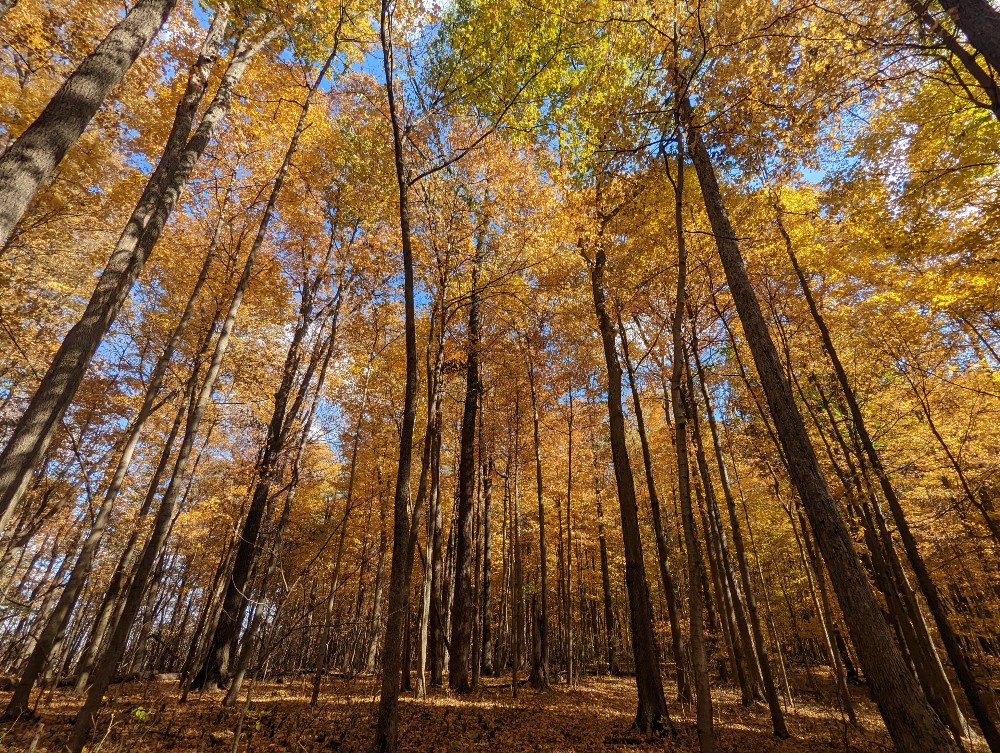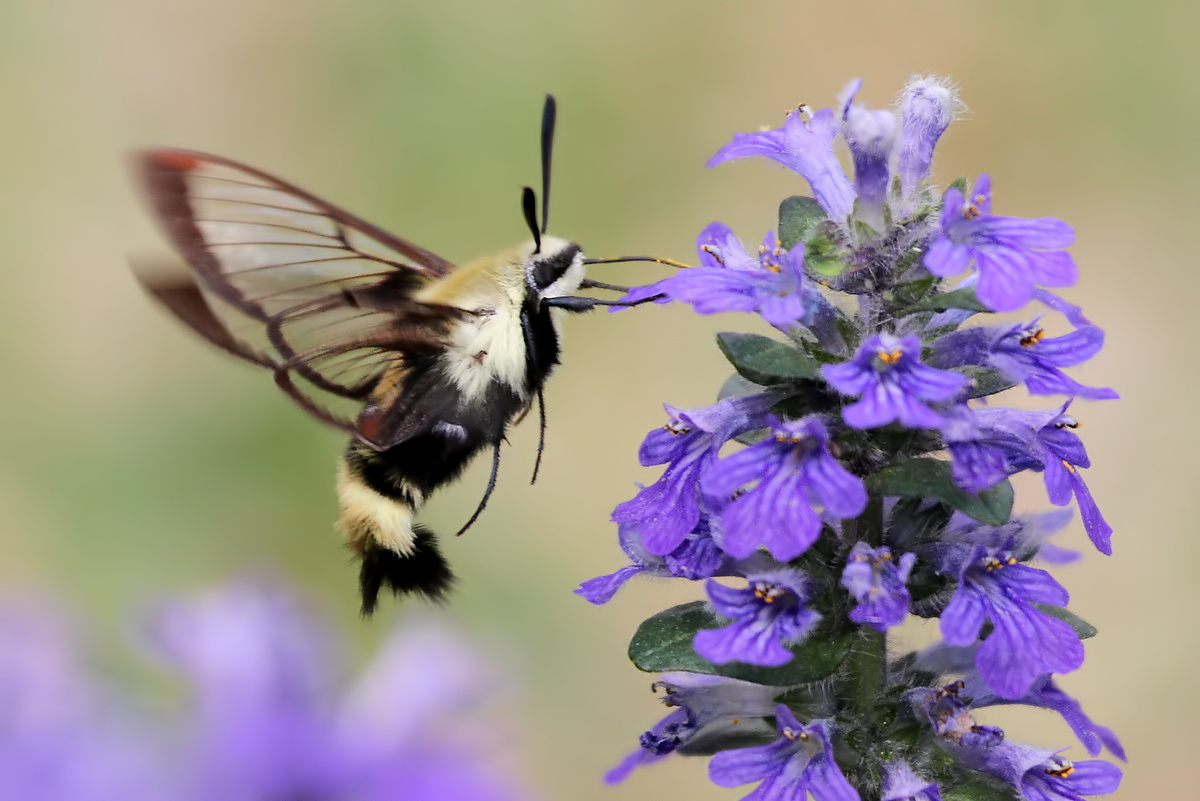We’ve rounded the corner of summer into fall. It’s a time of transformation and a favorite season for many, including myself. One of the most quintessential and rewarding fall offerings is the vivid explosion of color adorning trees on bright, crisp days.
Some years, the magic of autumn colors is a dream that lasts weeks. Other seasons skip the leaf transformation altogether. In those years, it seems that leaves turn brown and blow away overnight. Why do we get this variation? What factors are at play? Can we get a clue to the hues?
Trees take their cues for vibrant fall leaf colors primarily from two factors: how much sunlight is available and temperature.
First, let’s take a step back and consider leaf color generally. Leaves soak up light from the sun and carbon dioxide from the air. Through a process called photosynthesis, the sunlight and gas are converted into sugars– tree food. Photosynthesis requires a chemical called chlorophyll. Chlorophyll is green. Because plants need an abundance of chlorophyll in order to make food for themselves, the leaves have a green hue.
As we head towards winter, days get shorter. There is less sunlight available every day. Trees begin to conserve energy. In a cost-benefit analysis, the energy to grow new leaves is greater than the energy they would gain from that new growth. As trees continue to conserve energy, they also stop maintaining the leaves they have; chlorophyll begins to break down. As the green pigment of chlorophyll fades, other pigments begin to show.
Even though leaves look green, there are other pigments in them the whole time! Chemicals called anthocyanins have red-purple pigments. Other chemicals called carotenoids have a yellow-orange hue. If the tree has more sugar, it will have more anthocyanins and will turn dark-medium orange, maroon, and red. Think of the color of sugar maples. If there is less sugar, carotenoids shine through, like the yellow leaves of cottonwood trees.
Trees going dormant for the winter have to do with the amount of daylight, not the drop in temperature. But temperature does play a role in fall foliage colors. Places with a gradual temperature shift have longer-lasting colors. Lots of cool, sunny days mean carotenoids and anthocyanins break down slowly.
But in those years when it seems we skip fall entirely, cold snaps can cause plant cells to burst. That bursting releases all the colorful chemicals immediately. Leaves will turn brown, fall to the ground, and make a slushy mess.
Studies in 2013 and 2022 found that more than 40% of adults in the U.S. chose autumn as their favorite season. In September, we start to wonder, will it be a good year for fall colors? It is still too early to tell. But I’m crossing my fingers and hoping the temperature cooperates so that we may enjoy a canopy blazing with myriad, vibrant autumn leaf colors.
Photo of Phyllis and Frank Yuhas Woods by Amber Burress
Kelley V. Phillips is the Communications & Outreach Manager for Red-tail Land Conservancy. She strives to cultivate wonder in nature and action to protect it.




